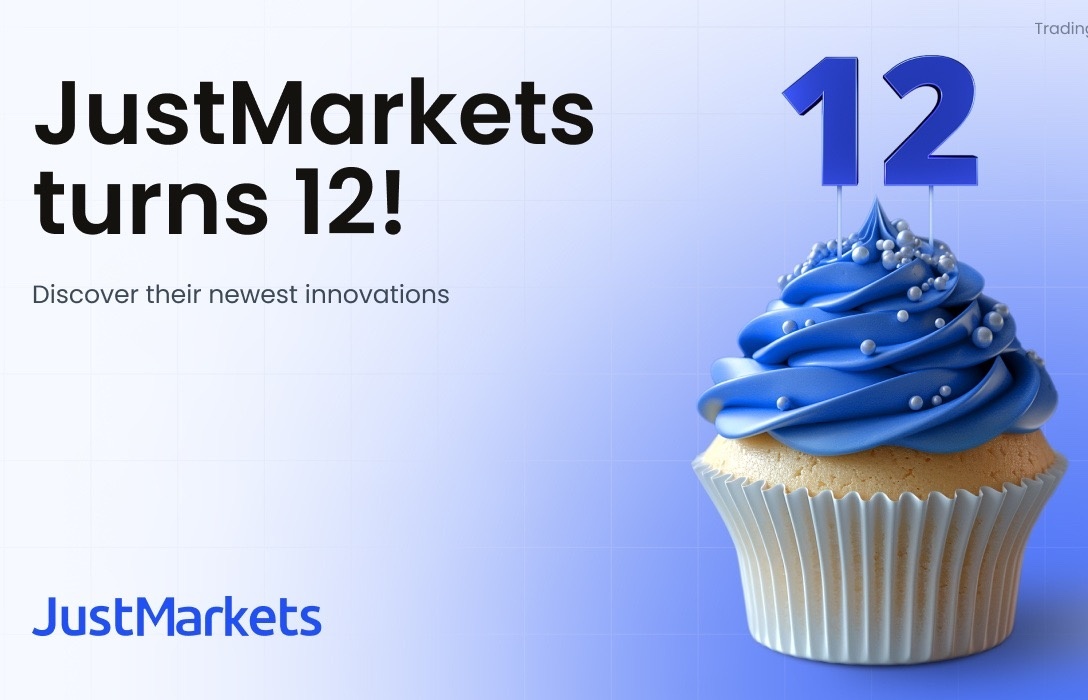Barriers remain for BNPL to be top tool
Pham Nguyen Anh Huy, a founder of the RMIT FinTech-Crypto Center, said the buy now, pay later (BNPL) model is almost exclusively focused on the lending market, so it may face greater competition from traditional financial institutions as this is one of their main businesses.
“This will become more evident as competition in the BNPL market becomes more intense and the market gradually becomes saturated. At that time, companies may have to look for other sources of revenue such as short-term loans,” he explained.
He warned that in the current economic situation with inflation and high-interest rates, investors tend to switch portfolios away from risky investments and many technology companies have to cut staff. As a result, BNPL companies are likely to suffer a wave of liquidity shortages, which could negatively affect the growth of the segment.
Le Van Duong, partner of Indochine Counsel, pointed out that there are presently no clear laws on payment operations via BNPL for e-commerce businesses in Vietnam, and that in e-commerce transactions involving clients and operators, BNPL lenders function as a third-party actor.
 |
“The State Bank of Vietnam must require the creation of a technological infrastructure to assure BNPL payment security for buyers, sellers, and service providers,” Duong said. “Simultaneously, the central bank or service providers must evaluate purchasers’ credit ratings.”
According to Research and Markets, the BNPL industry in Vietnam is predicted to develop gradually over the next several years, with a compound annual growth rate of 45.2 per cent between 2022 and 2028. This leads to an increase in BNPL-related purchases from $496 million in 2021 to more than $4.7 billion in 2028.
However, escalating competitiveness between startups is merely the beginning of BNPL’s continuous issues. Banking institutions, financial companies, and e-wallets in Vietnam are attempting to capitalise on the expanding trend.
For instance, some e-wallets with large market share such as ZaloPay or MoMo have joined with banking partners to develop BNPL in the consumer segment.
Other outstanding BNPL players in the Vietnam market include Kredivo, Kaypay, Ree-Pay, and Fundiin.
However, Singapore-based fintech company Atome Financial early this month withdrew from the Vietnam market after entering just last year. Atome was able to successfully penetrate Singapore, Indonesia, Malaysia, Hong Kong, and China in recent times.
Nguyen Anh Cuong, CEO of Fundiin, said in Vietnam, BNPL still faces licensing barriers, leading to difficulties in raising capital. When raising capital is difficult, startups don’t have the potential to accelerate expansion. However, BNPL in Vietnam is progressing slowly but steadily.
“To consumers, it is a strong tool to help them manage budgets effectively. As a result, Fundiin has observed a strong transition to BNPL from other pay-now methods. Particularly, we have earned a higher growth rate in payment value than traditional pay-now methods by 44 per cent points in the first 5 months of 2023,” said Cuong.
In October 2022, Fundiin raised over $5 million in the Series A funding round co-led by Trihill Capital and Thinkzone Ventures after getting $1.8 million investment in the Seed round led by Japanese funds Genesia Ventures and JAFCO Asia in 2021.
Elsewhere, Kredivo launched its Vietnam operations in 2021 as part of its ambition to build Southeast Asia’s leading BNPL model. In just six months it reached 100 merchants, and today boasts up to 300.
 | Acquisitions fuelling buy now, pay later trends Buy now, pay later is often an interest-free way for consumers to defer payments on purchases. For retailers that subsidise the offering, it is a way to encourage conversion and higher average ticket sizes. |
 | Assessing the potential of buy now, pay later services Home Credit is betting on the prospects of buy now, pay later services in Vietnam. Michal Skalicky, chief customer officer of Home Credit Vietnam, shared with VIR’s Thanh Van his insight into the growth potential in Vietnam’s e-commerce market. |
What the stars mean:
★ Poor ★ ★ Promising ★★★ Good ★★★★ Very good ★★★★★ Exceptional
Related Contents
Latest News
More News
- Key balances maintained for industrial production (November 21, 2024 | 08:00)
- Ecolean Vietnam honoured with prestigious sustainability award (November 19, 2024 | 10:01)
- HEINEKEN Vietnam’s clear path towards net-zero (November 18, 2024 | 15:13)
- VLCA 2024 honours corporate governance excellence as listed companies raise the bar (November 18, 2024 | 09:00)
- High-tech personnel to drive competition (November 17, 2024 | 09:21)
- Rising use of Generative AI Apps boosts consumer interest in differentiated connectivity (November 16, 2024 | 09:41)
- Google supports shape of Vietnam’s AI future (November 15, 2024 | 19:49)
- Trump's trade policies could shape Vietnam's economic outlook: Dragon Capital (November 15, 2024 | 16:56)
- Tan Hiep Phat - 30 years of perseverance and breakthroughs (November 15, 2024 | 16:10)
- Vietnam seafood exports set to exceed targets (November 14, 2024 | 16:48)




 Tag:
Tag:

















 Mobile Version
Mobile Version